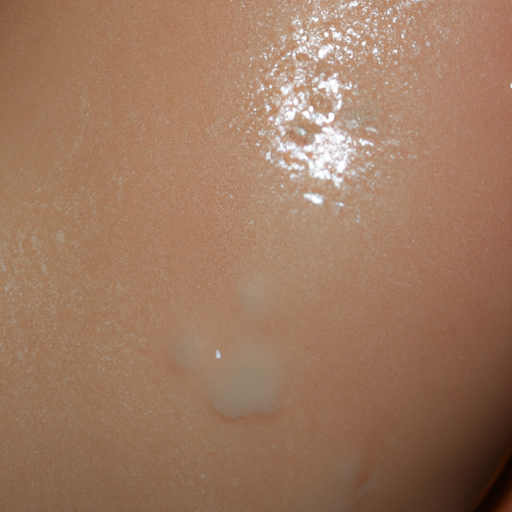Oily skin can be a challenging condition to manage. It often leads to acne breakouts, a shiny complexion, and enlarged pores. However, with the right skincare regimen and expert advice, you can effectively combat oily skin and reveal a radiant complexion. As a dermatologist, I am here to unmask some of the best-kept secrets in managing oily skin.
Firstly, it’s essential to understand that oily skin is not necessarily a negative condition. The oil, or sebum, produced by your skin helps to protect it, keep it moisturized, and maintain its health. However, when the sebaceous glands produce more oil than necessary, it can lead to the problems associated with oily skin.
One of the most common misconceptions about oily skin is that it needs to be dried out. This is far from the truth. Over-drying the skin can actually stimulate the sebaceous glands to produce more oil to compensate for the loss of moisture, leading to even oilier skin. Instead, the goal should be to balance the skin’s oil production.
One of the most effective ways to achieve this balance is by using a gentle, oil-free cleanser. Look for products that contain salicylic acid or benzoyl peroxide, which can help to break down excess oil without stripping the skin of its natural moisture. Avoid harsh soaps and alcohol-based products, which can over-dry the skin.
After cleansing, it’s important to use a toner. This step is often overlooked, but it’s crucial in managing oily skin. Toners can help to remove any residual oil or dirt left behind after cleansing, tighten the pores, and restore the skin’s pH balance. Look for toners that are alcohol-free and contain ingredients like witch hazel or tea tree oil, which have natural astringent properties.
Moisturizing is another step that people with oily skin often skip, thinking that their skin is already producing enough moisture. However, as mentioned earlier, if the skin is not properly moisturized, it can trigger the sebaceous glands to produce more oil. Look for oil-free, non-comedogenic moisturizers that won’t clog your pores.
Exfoliation is another key step in managing oily skin. It helps to remove dead skin cells that can clog pores and lead to breakouts. However, it’s important not to over-exfoliate, as this can irritate the skin and trigger more oil production. Aim to exfoliate once or twice a week with a gentle, oil-free scrub.
Lastly, don’t forget about sun protection. Sun damage can lead to an increase in oil production and exacerbate oily skin problems. Use a broad-spectrum sunscreen with an SPF of at least 30 every day, even on cloudy days. Look for sunscreens that are oil-free and non-comedogenic.
In addition to these skincare tips, it’s also important to maintain a healthy diet and lifestyle. Foods high in sugar and fats can stimulate oil production, so try to incorporate more fruits, vegetables, and lean proteins into your diet. Regular exercise can also help to regulate hormones that influence oil production.
Remember, everyone’s skin is unique, and what works for one person may not work for another. It may take some trial and error to find the right products and regimen for your skin. If you’re struggling with managing your oily skin, don’t hesitate to consult with a dermatologist. We’re here to help you understand your skin better and guide you towards the best solutions for your specific needs.
In conclusion, managing oily skin is all about balance. With the right skincare regimen and lifestyle habits, you can effectively combat oily skin and reveal a radiant, healthy complexion.



